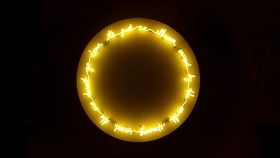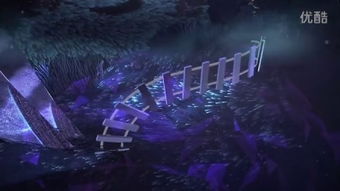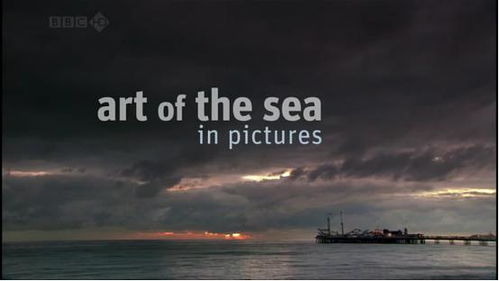Content:
Fishing on a small bridge can be an enchanting experience, offering a unique vantage point to catch a variety of fish. However, mastering the art of fishing on a small bridge requires specific techniques and strategies. In this article, we will discuss the essential tips and techniques to help you become a proficient angler on a small bridge.
Choose the Right Bridge
Not all small bridges are suitable for fishing. Look for bridges that have a strong current, abundant aquatic life, and easy access. Bridges over rivers, streams, or ponds are ideal, as they provide a variety of fish species to target. Additionally, ensure the bridge is stable and safe to fish from.
Time Your Fishing Sessions
The best time to fish on a small bridge is during the early morning or late evening. These times offer lower light conditions, which can make fish more active and easier to catch. Avoid fishing during midday, as the intense sunlight can spook fish and make them less likely to bite.
Select the Appropriate Gear
The gear you choose for fishing on a small bridge will depend on the type of fish you're targeting and the bridge's environment. Here are some essential items to consider:
a. Rod and Reel: A lightweight, medium-action rod and reel combination is ideal for small-bridge fishing. This setup provides enough sensitivity to detect subtle bites and is easy to maneuver in tight spaces.
b. Line: Use a monofilament line with a breaking strength of 6 to 12 pounds. This line is strong enough to handle most fish, yet flexible enough to provide a natural presentation.
c. Lures and Baits: Depending on the fish species, use appropriate lures and baits. Live bait, such as worms, minnows, or leeches, can be highly effective. Artificial lures like spinners, jigs, and crankbaits can also entice fish.
Find the Perfect Spot
To catch fish on a small bridge, you need to find the perfect spot. Here are some tips to help you locate the ideal fishing location:
a. Look for areas with a strong current or where the water flows slower. Fish often congregate in these areas to feed or seek shelter.
b. Pay attention to submerged structures, such as rocks, logs, or bridge pilings. These areas can provide excellent cover for fish.
c. Observe the water's surface. Fish may be visible as they feed or move through the water. Target these areas for increased success.
Cast and Retrieve Techniques
When fishing on a small bridge, casting and retrieving techniques are crucial. Here are some tips to help you improve your performance:
a. Cast upstream to avoid spooking fish. Aim for areas with submerged structures or strong currents.

b. Retrieve your lure or bait in a natural, erratic motion. This mimics the movement of real prey and increases your chances of a bite.
c. Pay attention to the line's tension. If you feel a sudden pull or a change in resistance, set the hook immediately.
Stay Quiet and Patient
Fishing on a small bridge requires patience and stealth. Stay quiet and avoid making sudden movements or loud noises, as these can spook fish. Take your time and enjoy the serene atmosphere.
Adapt to Changing Conditions
Weather and water conditions can change rapidly on a small bridge. Stay alert and be prepared to adapt your tactics accordingly. For example, if the wind picks up, try casting into the wind to reduce the distance your lure travels.
In conclusion, fishing on a small bridge can be a rewarding experience with the right techniques and strategies. By choosing the right bridge, gear, and fishing spots, and mastering casting and retrieving techniques, you'll increase your chances of success. Remember to stay patient and adapt to changing conditions, and you'll be well on your way to becoming a proficient angler on a small bridge.












